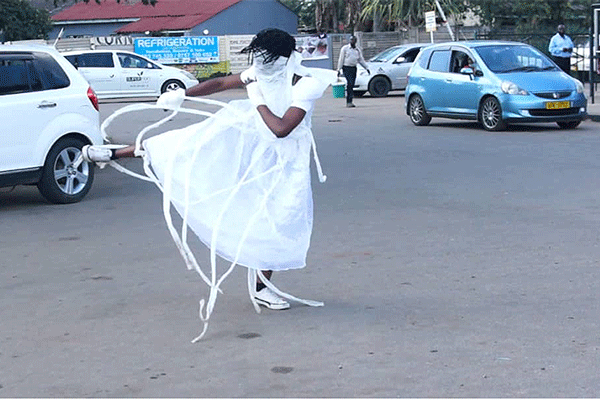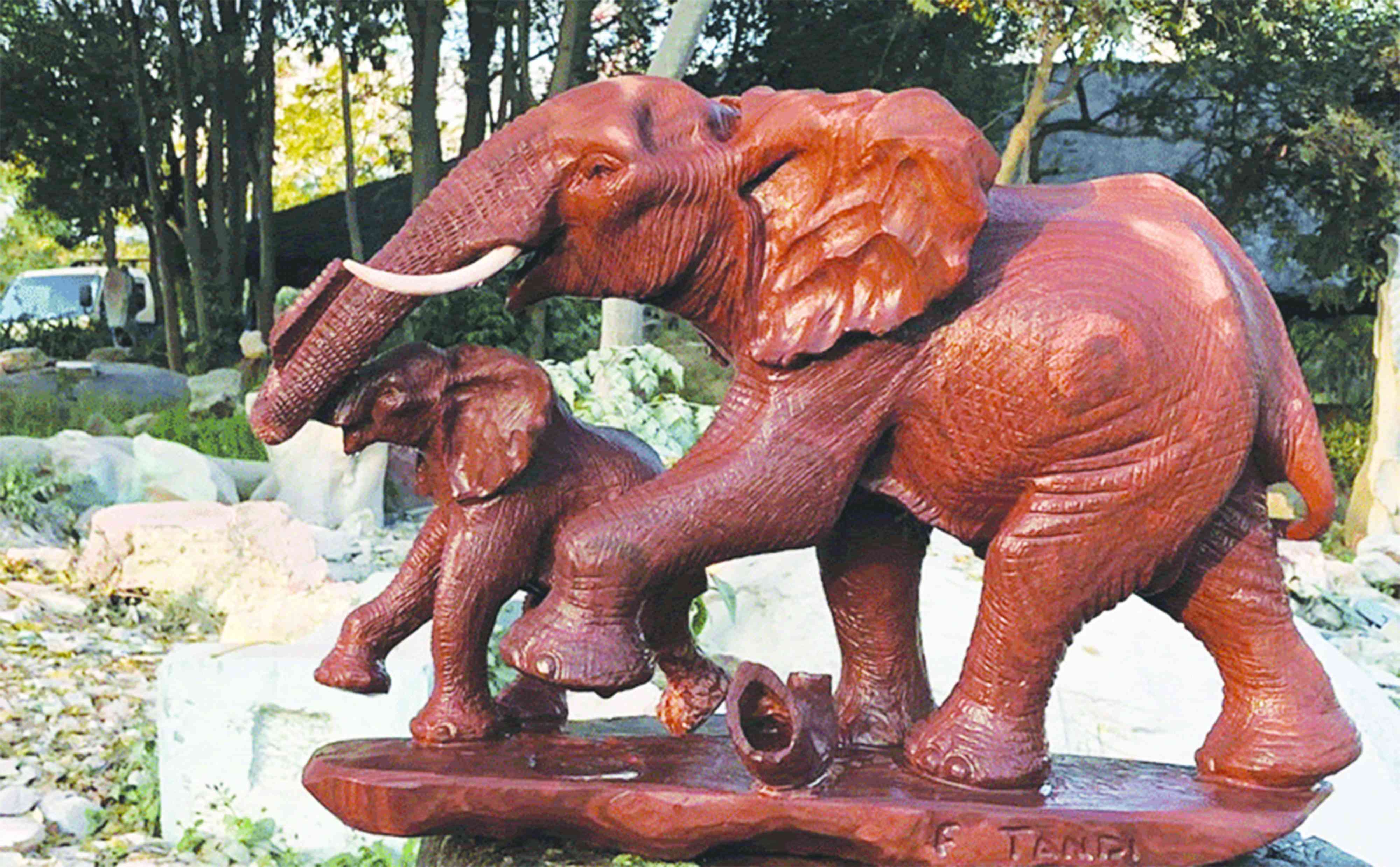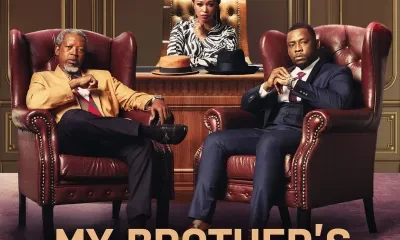
BY TAFADZWA KACHIKO LOCAL visual artists Shalom “Unable Me” Kufakwatenzi and Post Studio’s Merilyn Mushakwe have collaborated to produce a performance series on child marriages and gender-based violence (GBV) titled Respect My Existence.
The one-man open space performances at Zindoga Shopping Centre, Mbare Musika and Acadia in Harare were all curated by Mushakwe as Kufakwatenzi interrogated the marriage institution with particular focus on child marriages and GBV.
NewsDay Life & Style last week witnessed Kufakwatenzi performing at Acardia shopping centre attracting the attention of many.
For a moment spectators thought Kufakwatenzi had lost her mind as she put herself in the shoes of GBV and child marriage victims at the same time bringing out the subversion of marriage values.
Garbed in a white wedding gown ragged at the bottom, a white veil covering the face and bandaged fist (to represent a martial artist).
“It is a performance against GBV and child marriages. Kufakwatenzi embodies a young woman who is forced into a situation that she is not supposed to be in because of marriage,” Mushakwe told NewsDay Life & Style.
“She is vulnerable and on the other hand she is standing firm for her beliefs. All her emotions are shown. The interesting part is that today she is wearing a white dress, but during the past performances she was wearing black. It was a subversion of imposed purity.”
“What happens when the bride wears black? Who says wearing white depicts purity to the extent that one is penalised when not considered to be pure? Where is the young girl’s value? That is what she is interrogating as she is doing the performance.”
- Chamisa under fire over US$120K donation
- Mavhunga puts DeMbare into Chibuku quarterfinals
- Pension funds bet on Cabora Bassa oilfields
- Councils defy govt fire tender directive
Keep Reading
Kufakwatenzi said her performances focused on women because they were “the most abused”, adding that she was happy with the positive responses from the performances.
“We are focusing on women not to mean that men are unimportant. At the moment we are looking at women as the most abused, they usually get all sorts of names as they walk on streets,” she said.
“You can’t move around without a man saying something insulting. In future, our performances will also look at men as victims of abuse.”
Mushakwe said visual art and theatre were related, adding that art had evolved over the years.
“Most people think that art should be in the gallery, but it has really evolved overtime. That is what we want, changing what art means,” she said.
“This is not theatre as such although it learns and borrows from theatre as a branch of fine arts. We also have installation, it is not painting or drawing, but it is still visual arts. We can still have this performance in a gallery.”
“Thus, art is not only about aesthetics, but it is also about the concept. Like free imagining or a way to communicate a concept to people. That can also be done using one’s body.”
- Follow us on Twitter @NewsDayZimbabwe











